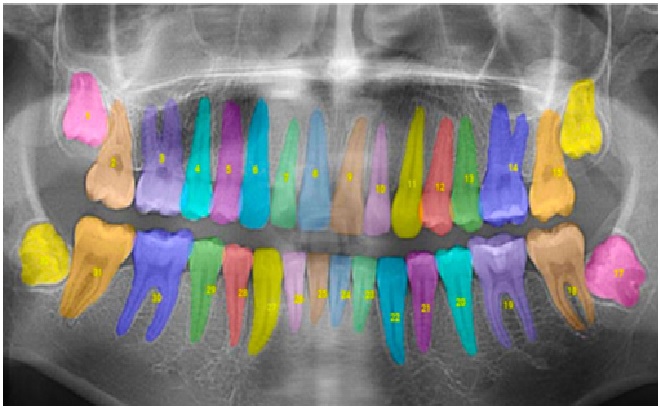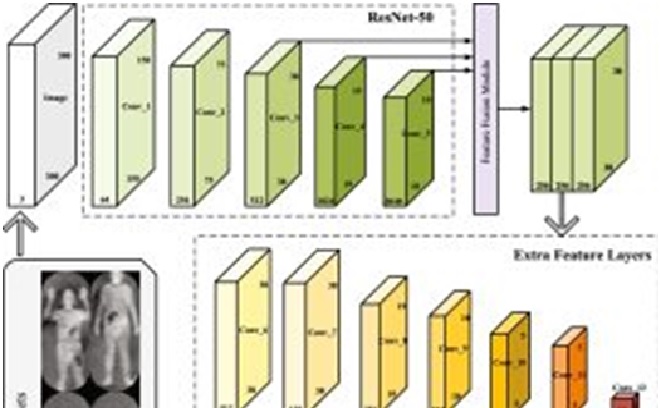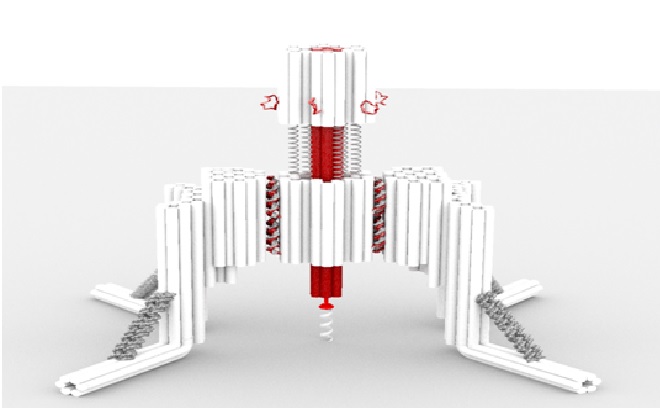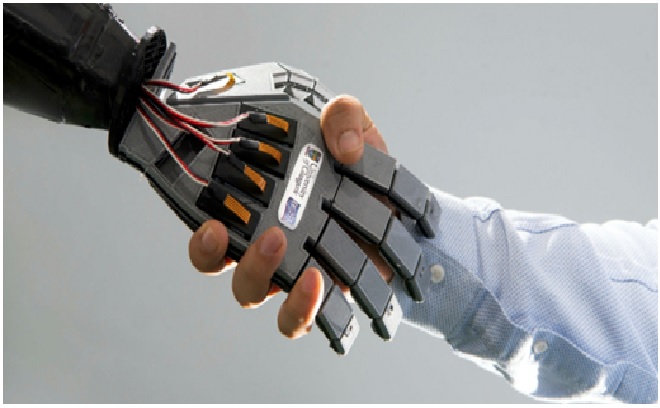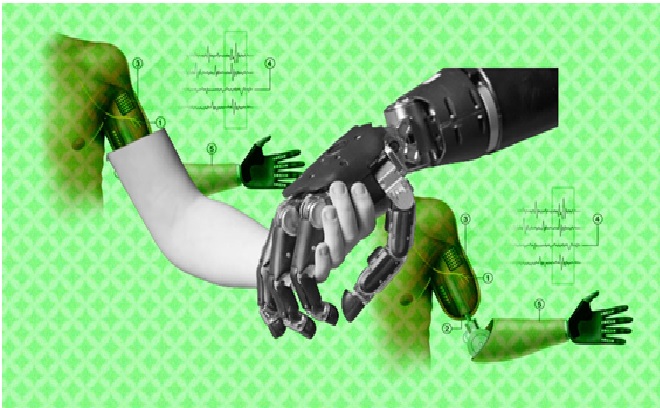New Tool to Predict the Rate of a Specific Kind of DNA
A University of Minnesota Twin Cities team has, for the first time, developed a new tool to predict and customize the rate of a specific kind of DNA editing called "site-specific recombination." The research paves the way for more personalized, efficient genetic and cell therapies for diseases such as diabetes and cancer.
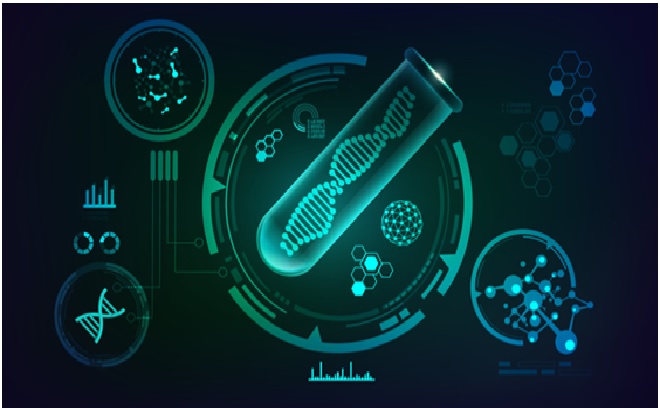
Figure 1: A new tool called site-specific recombination for DNA.
Figure 1 shows thatthe process of site-specific recombination involves using enzymes that recognize and modify specific sequences of DNA in living cells. It has important applications for treating myriad diseases using cellular therapies. [1]
Engineers have developed a method that combines high-throughput experiments with a machine learning model to make the site-specific recombination process more efficient and predictable. The model allows researchers to program the rate at which the DNA is edited. This means they can control the speed at which a therapeutic cell responds to its environment, thereby controlling how quickly or slowly it produces a drug or therapeutic protein.
"To our knowledge, this is the first example of using a model to predict how modifying a DNA sequence can control the rate of site-specific recombination," said Casim Sarkar.
"By applying engineering principles to this problem, we can dial in the rate at which DNA editing happens and use this form of control to tailor therapeutic cellular responses. Our study also identified novel DNA sequences that are much more efficiently recombined than those found in nature, which can accelerate cellular response times." [2]
They also found that they could use modeling to predict and control the simultaneous production of multiple proteins within a cell. This could be used to program stem cells to produce new tissues or organs for regenerative medicine applications or to endow therapeutic cells with the ability to produce multiple drugs in pre-defined proportions.
“Different patients may require different doses or a faster or slower cell response — not everyone is the same,” Sarkar explained.
“By building genetic circuits inside cells that utilize multiple DNA sequences with different and defined recombination rates, we can now achieve things that were difficult to do previously, like program ratios of protein production in therapeutic cells. Our rational approach enables personalized treatment for the patient.”This research was funded by the National Institutes of Health. [3]
References:
- https://phys.org/news/2022-07-tool-personalized-cell-therapies.html
- https://www.futurimmediat.net/news/engineers-create-new-tools-enabling-more-individualised-cell-therapies
- https://www.zee5.com/articles/engineers-create-new-tools-enabling-more-individualised-cell-therapies
Cite this article:
Sri Vasagi K (2022), New Tool to Predict the Rate of a Specific Kind of DNA, AnaTechMaz, pp.144



